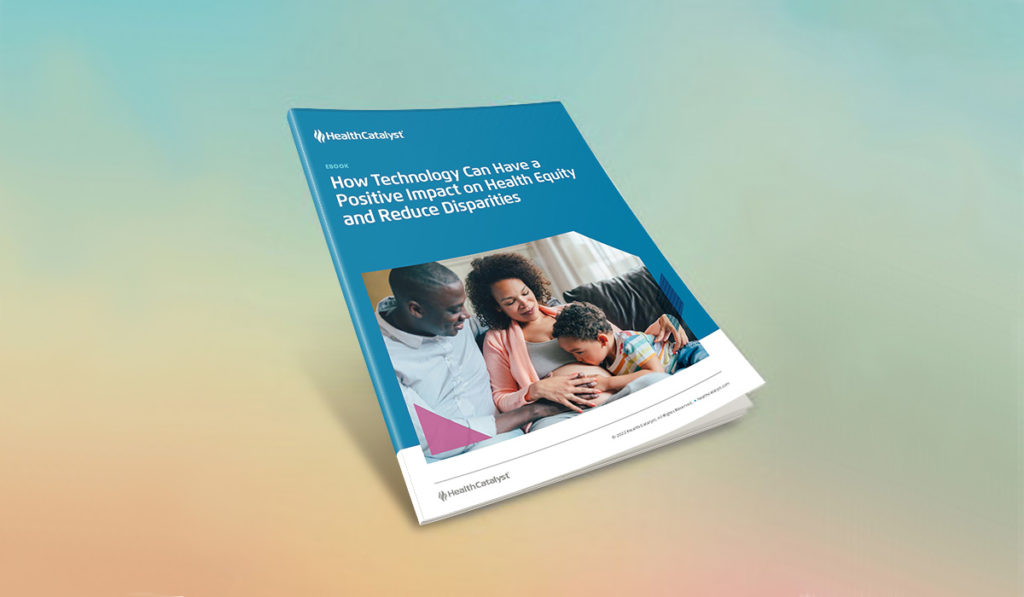Rural communities experience a higher prevalence of chronic conditions and often face significant barriers to accessing healthcare. Leveraging text-based patient engagement technology can alleviate many of those barriers through personalized communication pathways, remote physiologic monitoring, and bi-directional messaging, keeping rural communities conveniently and safely connected to care.
 Download
Download

Rural communities across America are experiencing economic difficulties due to workforce limitations, inflation costs, and ongoing COVID health issues. These struggles extend to rural healthcare providers combating rising labor and facility costs that close rural hospitals and shrink their medical networks. Without access to high-value and equitable care for this population, illness and mortality rates will continue to be disproportionate to the rest of the country.
Many rural communities lack critical resources, such as a single physician, hospital, or sufficient local infrastructure. Finding innovative ways to extend access to medical care for rural residents is vital to their well-being. Technology can be used to bridge care gaps for rural healthcare systems, enabling providers to deliver more care even with very limited resources.
There is a large community of rural physicians and advanced practice providers in the U.S. However, rural areas are at a disadvantage when it comes to the number of providers per capita relative to urban areas. A significant gap remains in the number of primary care physicians — and a much larger gap in the number of medical subspecialists like dermatologists, oncologists, gastroenterologists, and rheumatologists.
The National Rural Health Association reports that the patient-to-primary care physician ratio in rural areas is only 39.8 physicians per 100,000 people, compared to 53.3 physicians per 100,000 in urban areas.
Hospital closings are also more common in rural communities. Low reimbursement, staffing shortages, low patient volumes, regulatory barriers, and COVID-19 disruptions all played a role in the shuttering of 136 rural hospitals between 2010 and 2021, including a record 19 closures in 2020, the American Hospital Association reports.
Source: Health Resources and Services Administration and Rural Health Information Hub
How do you build a healthcare system without hospitals or a network of subspecialists? Healthcare leaders poised to answer this critical question will succeed at closing the rural healthcare gap. For rural patients with serious chronic conditions, like rheumatoid arthritis or interstitial lung disease, the nearest subspecialist may be many hours away from their homes, which is too far for most patients to travel. As a result, it may take longer to get a diagnosis. Once diagnosed, rural patients may struggle to find an accessible physician with expertise in managing their disease.
One key tool to bridge the rural care gap is the use of technology. For example, telehealth could fill key gaps in care in obstetrics and gynecology. According to the Association of American Medical Colleges, less than half of rural women live within a 30-minute drive of an obstetric care facility.
Technology can serve an important role in facilitating efficient and effective healthcare delivery in rural areas. For example, in an idealized rural rheumatology care network, physicians may see patients from 10 or 20 counties — which is only possible if the right technology is in place. Technology can be used to achieve specific goals:
“Technology is a powerful tool that has the potential to reach patients who might otherwise not receive essential pre- and post-delivery care,” said OB-GYN Rameet Singh, MD, MPH. “In rural New Mexico, our patients want telehealth as part of their OB-GYN care. We are working on improving access by connecting patients to digital care and services and alleviating barriers like driving long distances to the clinic, transportation issues, inflexible work schedules, and childcare challenges for expecting and new mothers.”
Through customized patient messaging pathways, subspecialists can keep patients on track with medications and care. Automating these patient workflows can eliminate labor-intensive and inefficient outreach processes. Providers can automatically enroll patients in a messaging pathway as part of their visit protocol.
A patient may come to the clinic for an eye condition and receive a prescription for treatment. In an ideal workflow, a clinician soon checks in with the patient to ensure they’re taking the medication, uncovers any questions or side effects, and sets a follow-up appointment. However, in an understaffed rural clinic, some or all these steps may unintentionally fall through the cracks. In such cases, patient engagement communication technology can automate each step in the workflow, thereby empowering patients to actively participate in their care. These workflows give staff more time to help patients needing more clinical attention.
In addition, using specific workflows lets patients refill medications up to a year in advance, making it more convenient and thus more likely they will adhere to their treatment plan. Patient engagement communication technology monitors care, ensures patients keep their scheduled checkups, and alerts the clinic if they miss any appointments. If the data is regularly available (e.g., labs or confirmation of medication adherence), stable patients can see their providers less often.
Another advantage of using digital patient engagement technology in a rural setting is sending images via text message. For example, a patient may have a rash. Rather than drive two hours each way for an office appointment, they can simply text photos. This technology is much more accessible for rural patients, who often have unreliable broadband, making downloadable apps and video conferencing more difficult. With texting, patients can quickly send messages, and physicians can respond.

Learn about the five key advantages of leveraging patient engagement technology to optimize and streamline chronic condition management.
Digital patient engagement can help close care gaps for patients in rural communities and help generate personalized communication workflows based on patient preferences, response to treatment, and social determinants of health — keeping rural communities conveniently and safely connected to care.
Would you like to learn more about this topic? Here are some articles we suggest: